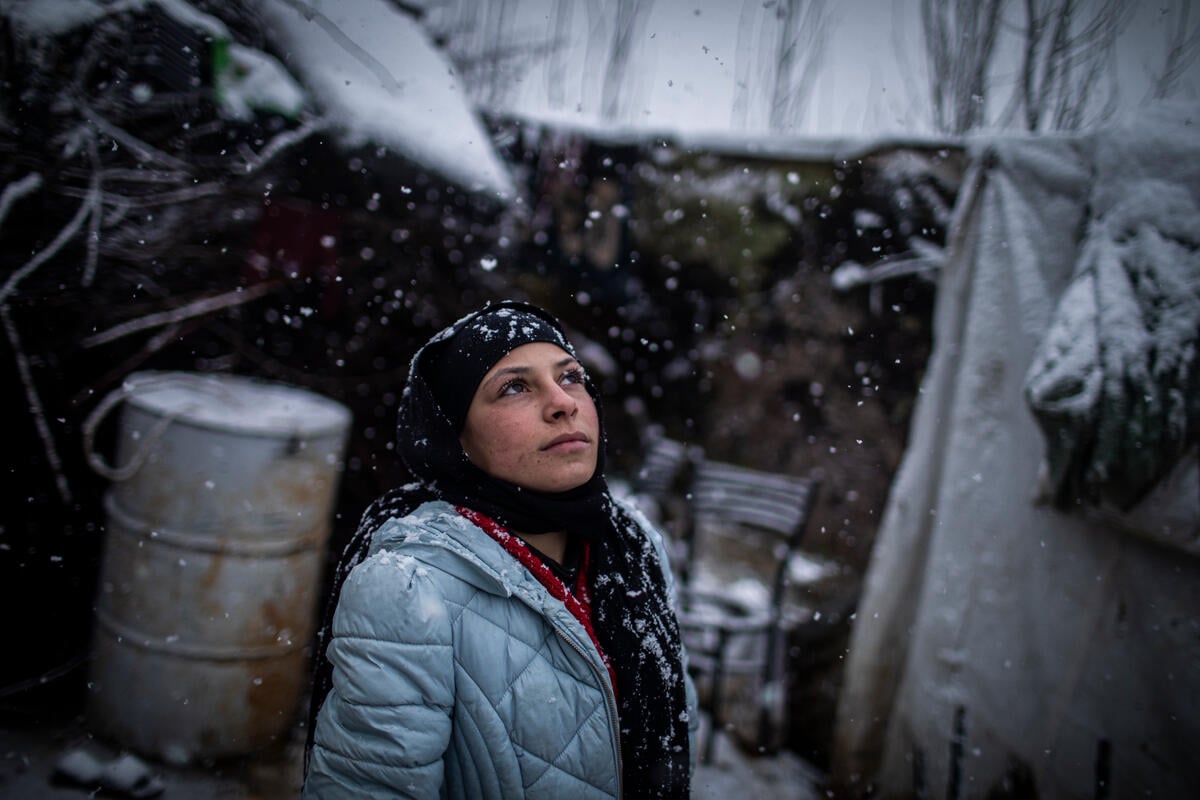Pandemic-hit Rohingya refugees and local Bangladeshis get help to grow food
Pandemic-hit Rohingya refugees and local Bangladeshis get help to grow food
In Cox’s Bazar, the COVID-19 pandemic has made life even harder for some 880,000 Rohingya refugees living in camps as well as for thousands of impoverished Bangladeshis living in nearby communities.
Besides the health risks posed by the virus, lockdowns to reduce its spread have hit the livelihoods of locals, and the ability of refugees to supplement the assistance they receive from aid organizations.
The result has been increasing levels of food insecurity in both populations. A recent assessment by the World Food Programme found that by the end of 2020, 86 per cent or Rohingya refugees were highly vulnerable to poverty and hunger, up from 70 per cent in 2019.
Vulnerability also rose in the local community, with 51 per cent considered moderately or highly vulnerable compared to 41 per cent the previous year.
"We suffered a lot due to the lack of income ... sometimes we did not have enough to eat."
Mathana Chakma, an 18-year-old Bangladeshi woman from Horikhola village in Teknaf, has farmed vegetables to support her father and four siblings since her mother died in 2017. But she struggled to sell her crops and earn a living during last year’s nationwide lockdown.
“COVID also affected our production as we couldn’t find labourers to work,” she added. “We suffered a lot due to the lack of income…sometimes we did not have enough to eat.”
The arrival of more than 740,000 Rohingya refugees fleeing violence in Myanmar to Cox’s Bazar in 2017 had a profound impact on local communities like Mathana’s. The influx increased pressure on already stretched public services, infrastructure, and natural resources. Many locals also complained that the presence of the refugees and aid agencies had driven up the cost of living.
UNHCR, the UN Refugee Agency, has supported a number of projects to help offset the impacts of the refugee influx on local Bangladeshi communities. During the COVID-19 pandemic, as many local families have struggled to make ends meet, that support has been further ramped up.
Training in agricultural skills, the provision of seedlings and livestock, as well as emergency cash support have already helped more than 40,000 families. Now local farmers can also sell their produce at local marketplaces – known as vegetable collection centres – established by UNHCR.
“Ever since the vegetable collection centre started, people here have become more interested in vegetable production,” said Mathana. “Before, we had to spend 1,200 taka (US$14) or more on transport [to the closest market] even though our monthly income was only 2,000 or 3,000 taka (US$23-$35).”
Besides the savings on transportation costs, Subrata Chakrabarty, a livelihoods officer with UNHCR in Cox’s Bazar, said the vegetable collection centres allow small-scale farmers to negotiate with buyers as a group, meaning they can get a better price for their produce. This in turn has had a positive impact on their ability to feed themselves and their families.
In the Rohingya camps, efforts are also underway to come up with innovative solutions to help refugees grow fruit and vegetables, despite the significant constraints on space. Kutupalong refugee settlement, the largest camp in Cox’s Bazar, is one of the most densely populated places on earth, with an average of 40,000 people living in each square kilometre.
Using the concept of ‘vertical gardening’ launched by UNHCR and partners in 2020, refugees are using bamboo frames to turn the rooftops of their shelters into vegetable gardens.
Around 1,000 households received seeds, training and everything they needed to begin growing in 2020 and another 1,000 will receive help to start their own rooftop gardens this year.
Kefayetullah, his wife Fatima and their two children have been living in Kutupalong camp for more than three years. Kefayetullah struggles to support his family due to a disability in his left hand, which he can hardly use. But since he and his wife started rooftop gardening, they are producing more vegetables than they can eat.
“I can’t do it alone, my wife helps. I plough with one hand and plant the seeds. My wife brings water and I water the plants,” he said.
Kefayetullah sells the family’s surplus vegetables at a local market in the camp so he can buy other things. “Apart from fish, meat and other groceries, I sometimes buy clothes for my family and I also share with my relatives,” he said.
"When I can return to Myanmar, I can continue, but do it bigger and better."
Like most refugees in the camps, Kefayetullah dreams that one day it will be possible to safely return to Myanmar. Until then, his rooftop garden is providing nutrition for his family and allowing him to gain new skills.
“We used to do traditional gardening in Myanmar. But since I came here, I’ve learned so much and can do many technical things now. So, by the grace of God, when I can return to Myanmar, I can continue, but do it bigger and better,” he said.
In the host community, Mathana also looks forward to better days. “I hope to get a job, I want to stand on my own two feet,” she said.
“I don’t want any big house, I just want a beautiful happy family with my siblings and that is my future hope.”














